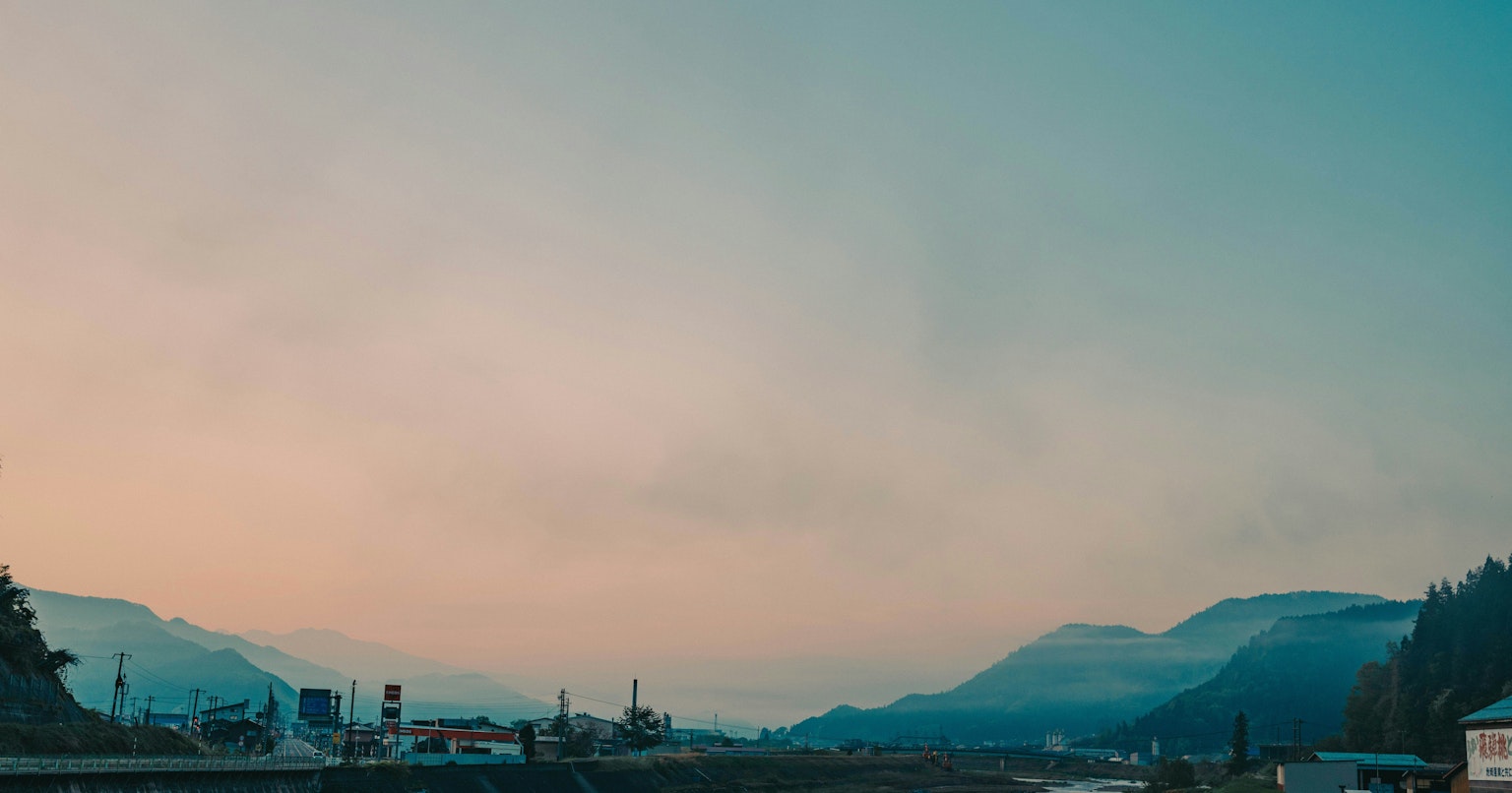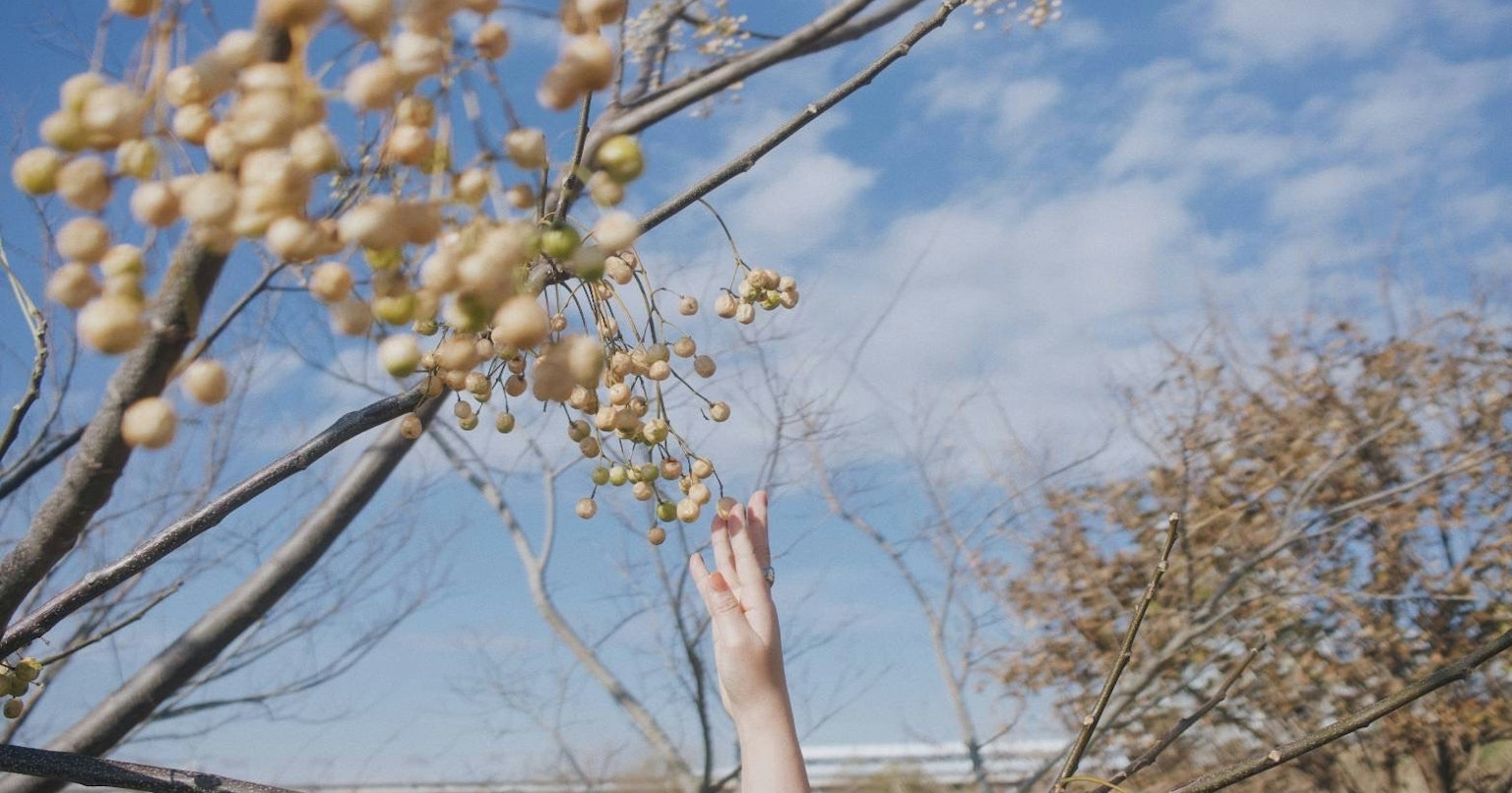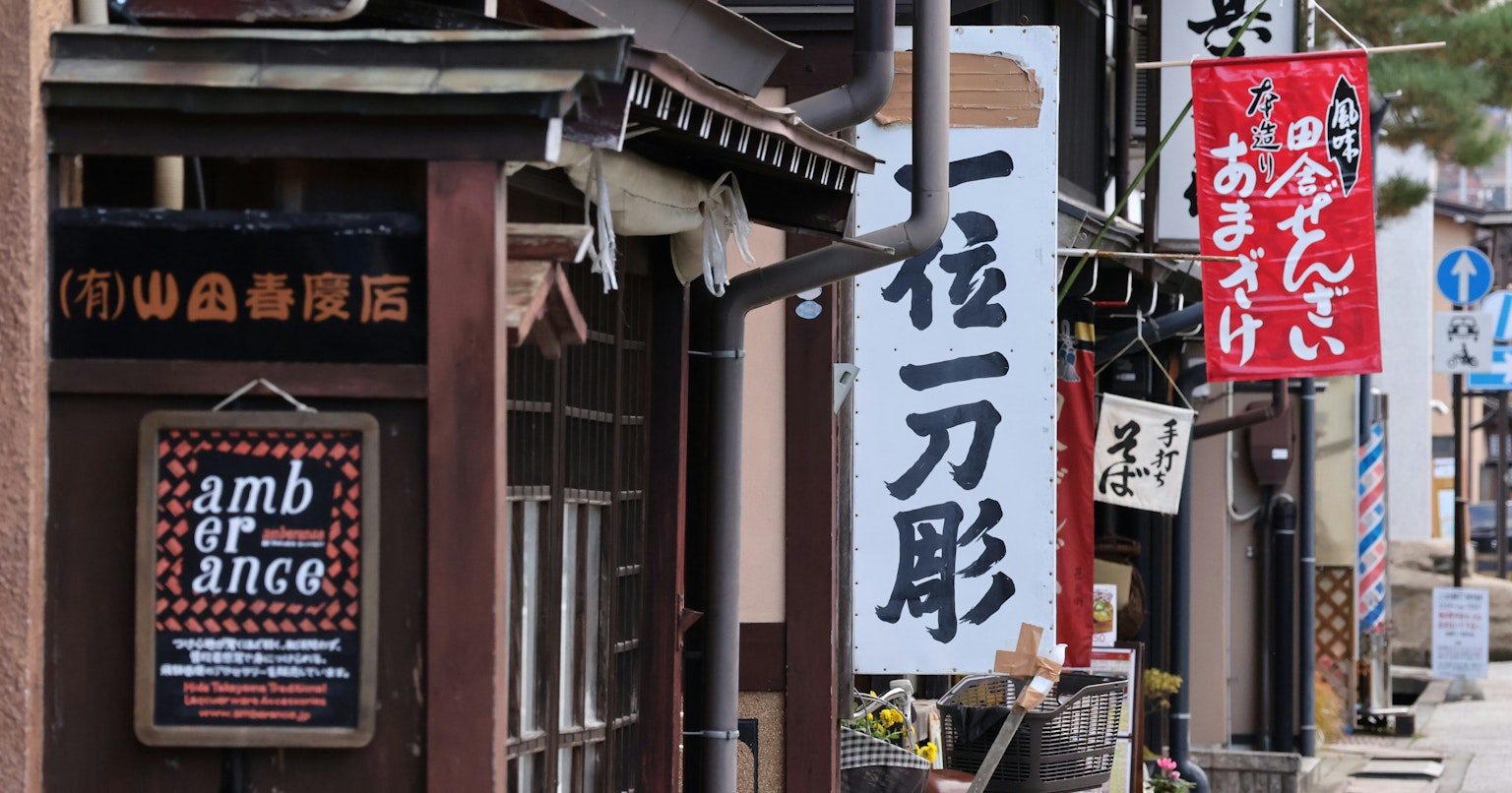Hao | Kodai Yamashita Discusses | Engaging with Camera Colors | GFX 50S | Knowledge #197

Cover photo by Hao | Kodai Yamashita
Creators who love photography share their stories with their cameras. The presence of a 'beloved camera' reflects each person's life views and values. In this series, we feature Hao | Kodai Yamashita, who loves using the GFX 50S.
Fujifilm's film simulation is an attractive feature that broadens the scope of photographic expression. It has the power to transform photography beyond just a shooting tool, but its uniqueness can also be a source of concern. This time, we explore the joy of choosing and how to utilize the unique colors of the beloved GFX50S to pursue photographic expression.
GFX 50S Basic Information
This is a medium format mirrorless digital camera equipped with a large CMOS sensor 'G Format' of approximately 51.4 million effective pixels, measuring 43.8mm x 32.9mm. This large sensor achieves overwhelming resolution and rich gradation expression.
By combining the image processing engine 'X-Processor Pro' with Fujifilm's unique color reproduction technology cultivated over more than 80 years, natural and beautiful color expression is possible. It also adopts a specially designed 'G Mount', and in combination with Fujinon GF lenses, it realizes high-precision depiction that maximizes sensor performance. The body is lightweight and robust, equipped with a detachable electronic viewfinder and a tilt-type touch panel LCD monitor for intuitive operability, depending on the shooting style.
I previously wrote about Fujifilm's colors, and this time I would like to delve deeper into those colors.

Photo by Hao | Kodai Yamashita
Unique Feature: Film Simulation
The reason for using Fujifilm cameras, especially the GFX, is undoubtedly the color and photographic expression. An indispensable part of this is 'Film Simulation'.

Photo by Hao | Kodai Yamashita
'Film Simulation' is an indispensable piece for expressing Fujifilm's unique colors, but it also brings many challenges and considerations. This feature allows you to enjoy various colors as if changing films, but the more unique it is, the less versatile it becomes.
Favorite Classic Negative
My GFX50S is equipped with 11 types of simulations (17 types when combined with monochrome color filters).
My basic style is Classic Negative. Among those captivated by Fujifilm's colors, there are not a few who regularly use Classic Negative.
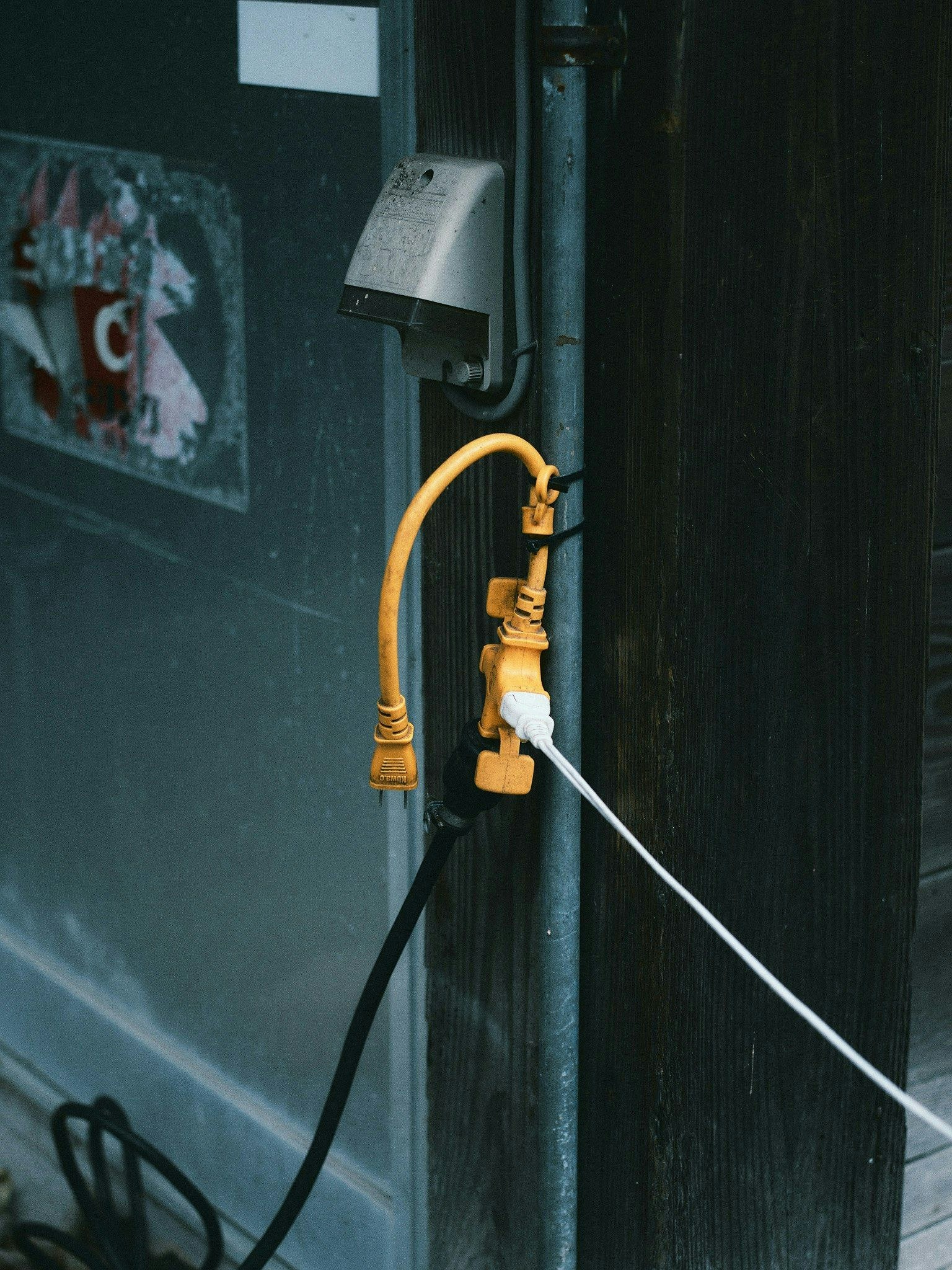
Photo by Hao | Kodai Yamashita
The Importance of Matching the Shooting Scene
For me, importing and developing on a PC is as enjoyable as shooting. The fact that there are many steps is not a burden for me, but as mentioned earlier, there are many photos that end up being shelved due to these characteristics.
While it is possible to change the profile during development, I realized again the importance of choosing according to the scene at the time of shooting. Compared to other camera manufacturers, it is somewhat difficult to say whether Fujifilm's colors can be called truly standard.
However, I am convinced that those who can positively perceive this individuality and feed it back into photographic expression are the ones who love Fujifilm cameras.
Whether I can continue to love it as I have until now, I do not know, but for now, the color and this camera fit comfortably in my hand.

Photo by Hao | Kodai Yamashita
I would like to continue to entrust my partner with one arm for a while.
INFORMATION
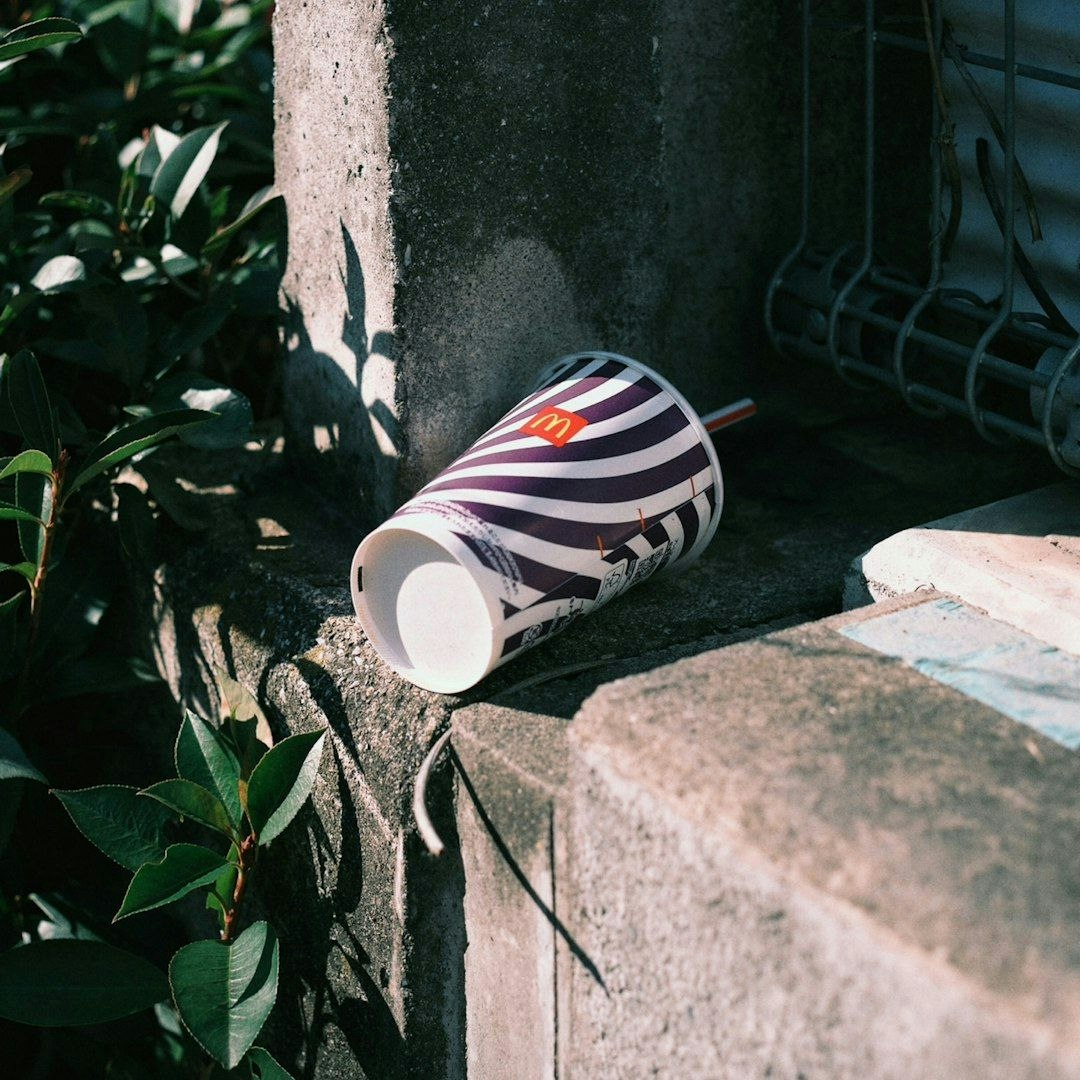
cizucu Certified Writer
A person who takes GFX everywhere 🇯🇵 Kanagawa / '99 📷 GFX50S
cizucu: Hao | Kodai Yamashita


